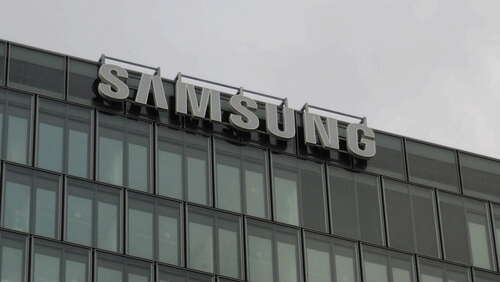
There was a time when giant phone screens were laughed at. And believe it or not, a “laughably large phone screen” once included a 5.3-inch display. That was the screen size of the original Samsung Galaxy Note, the first “phablet.” The Galaxy Note can today be seen as tremendously prescient. In a market that had once been obsessed with releasing increasingly more compact phones, Samsung was the first major manufacturer to take smartphones the exact opposite way.
The Galaxy Note’s display wasn’t just about size; it was a canvas for innovation. Samsung’s Super AMOLED technology was just getting better as time went on, and looked great on the Note. The S Pen, an accompanying stylus, added functionality to the conventional touchscreen interface. With the S Pen, users could sketch, take notes, and steer with unprecedented precision, leveraging the smartphone into a tool for productivity.
The Galaxy Note received its fair share of skepticism; critics questioned the viability of a device straddling two form factors. However, consumer response shattered these doubts. The Galaxy Note found a niche, resonating with users who sought a device that could handle the demands of both work and play. Samsung had not just invented a device; it had ignited a cultural shift that would eventually guide to much larger phones.
As the Galaxy Note gained traction, its impact reverberated across the industry. Competitors soon recognized the potential of larger form factors and stylus-based interaction. The phablet category, once met with skepticism, became a cornerstone of the smartphone market. While the release of the Galaxy Note is an undeniably large point in Samsung’s history, it is also a huge point in the history of smartphones at large.

